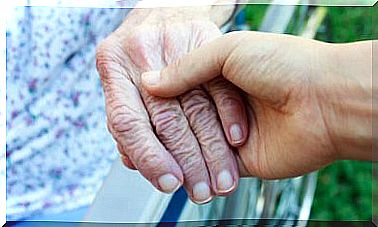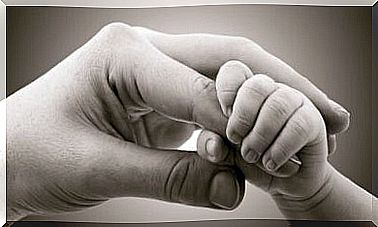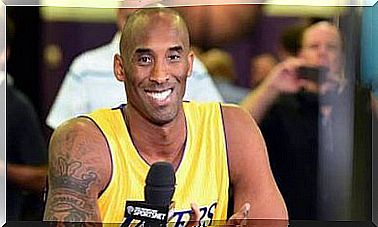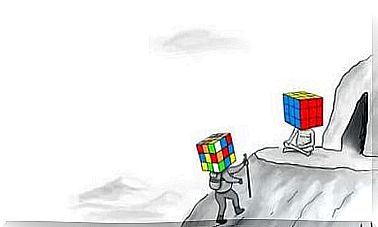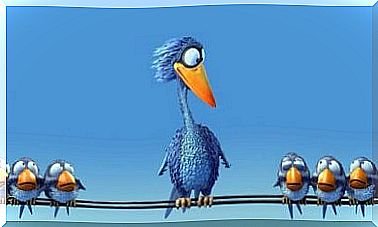Five Signs Of Hidden Aggression

There are two forms of aggression: overt and covert. In the case of overt aggression, the aggressive behavior is immediate and palpable. It is clear to everyone. In the case of hidden aggression, the aggressive behavior is more subtle and hidden or, in other words, camouflaged. This form of aggression is also often accompanied by a certain degree of manipulation.
The essential difference between the two forms is the way in which the intentions of the aggressor are manifested. Below we discuss five signs that can help you spot hidden aggression.
1. Lies: when the truth is bigger than ourselves
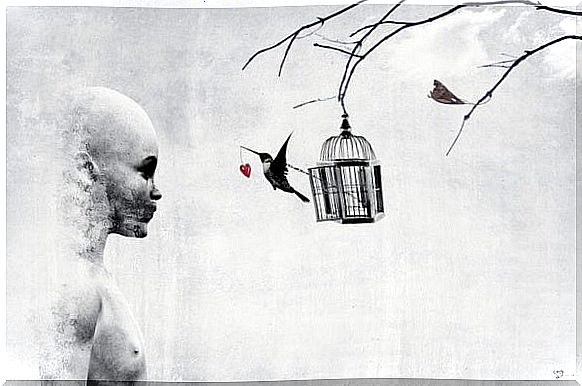
This is perhaps the most obvious form of covert aggression, the most common way of inflicting violence on another. It is more or less twisting a truth related to the other person.
If someone hides something, either by lying or by keeping it to themselves, it may be because they are afraid of the truth or because they prefer to avoid it. This is presumably done without the consent or approval of the recipient of the aggressive behavior. The lies can be either big or small, but they are still lies.
As soon as the truth comes out and the aggression is discovered, conflict usually takes place. After all, otherwise there would be no reason for a misunderstanding.
This shows that sometimes the truth is bigger than ourselves and eventually crushes us. This is a vicious circle that is present in an innumerable number of social relationships, which as a result slowly deteriorate and are eventually even digested.
2. Guilt: being your own victim
This is when we assume the role of the ‘victim’ during a conflict. We feel or want to feel as if we are the true target of injustice that arose on the other person or persons involved in the dispute.
This is a typical way of avoiding responsibility. We simply place ourselves in a context of helplessness and powerlessness, in which the only possible way to ‘win’ the argument is to put the blame on the other person, which ultimately proves to be more convincing than the facts themselves.
The script goes like this: If I come across as the martyr in this situation, whether I’m aware of it or not, others will feel sorry for me and obey all my whims.
Paradoxically, this is the weakest way you can be the strongest: his strength or strength is that he can be weak. Making others feel guilty apparently does “work” and is a hidden way of attacking others, manipulating them.
3. Shame: Putting Others Down
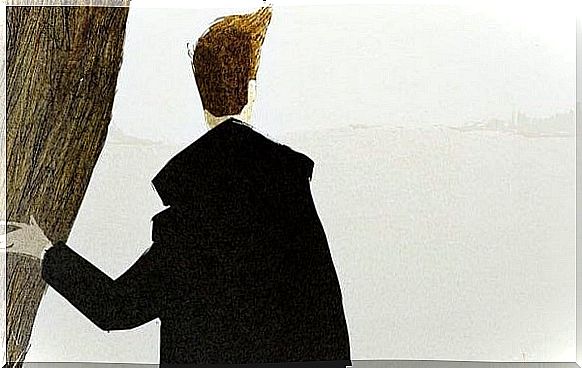
This is when we dehumanize someone, perhaps so that we can feel better than them or make fun of them, while hiding any disgust or resentment we feel for them. It is an arrogant way of exercising power, one that takes advantage of the other’s weaknesses, mistakes, or shortcomings.
When we embarrass the other person, we step on his soul aggressively and even destructively. We do this because we either want to feel better about ourselves than others or because we reject that person in particular. Or sometimes even for both reasons.
For example, if someone is being ridiculed in public, you can laugh at them and make it look like it’s just a joke, but maybe it’s actually much more complicated than that: the real reason could be that you’re trying to look better than the one and want to attack him noticeably.
4. Temptation: playing with the ego
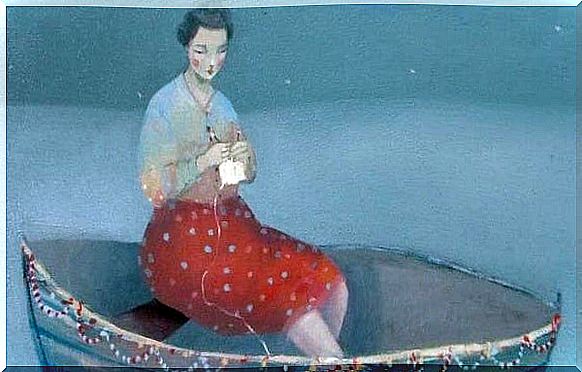
This is when we flatter others or want to impress them for some reason. We take advantage of their weaknesses, which are generally related to their egos, so that we can achieve a certain goal.
The aggression is not hidden in the possible cozy time we could have with the other person, but in playing with their feelings to disguise the situation so that we can realize our selfish purpose or our hidden motives.
Such insincere flattery plays with the ego’s insecurity, as its origin most likely lies in a lie that the other believes in some way. It could even come from an alleged truth being exaggerated.
This is without a doubt a ridiculous game that will never work and will involve two losers. It is a form of covert aggression that is used to manipulate people and as a result to use people as if they are a thing or the means that justify the end.
5. Absence: when you are there, but not there
In the latter case, the person seems distant from the situation, acting as if he doesn’t care about anything, even though he is there physically, mentally, cognitively or emotionally. It seems as if they are thinking: ‘Just knock on someone else’s door with your opinions and complaints.’
You can recognize this behavior by their attitude, their silence, by the way they don’t want to look at the other person directly. They act as if listening to the other person and paying attention to what the other person is saying is very annoying, they give short answers and hardly come up with arguments about the topic of the argument.
Finally, what we would like to say on the subject of hidden aggression is that the behavior of a ‘good manipulator’ will never be obvious. And that one who manipulates is one who hides something; it is one who needs something which he cannot or will not obtain on his own.

–Images Courtesy of Jennifer Healy–
